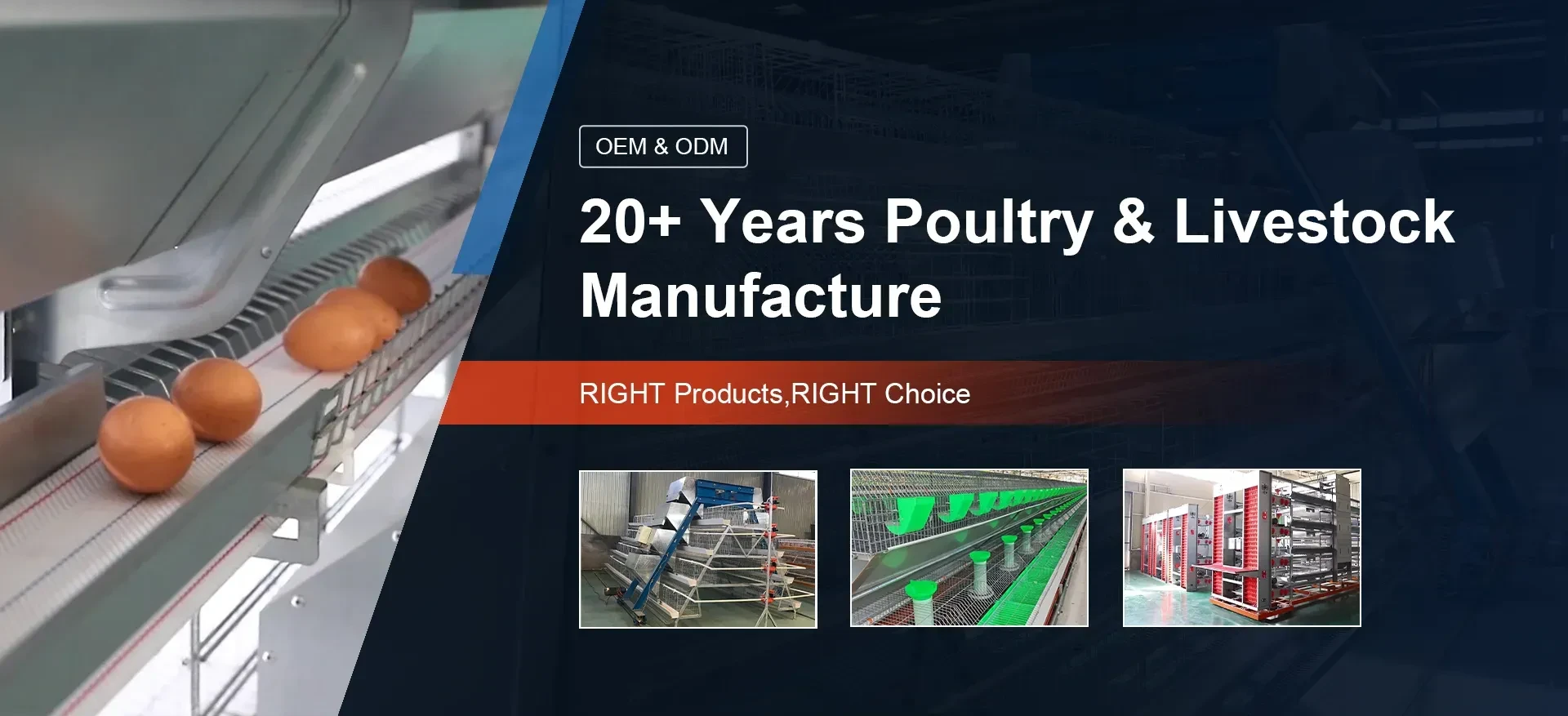poultry cage
Nov . 16, 2024 23:45 Back to list
poultry cage
The Importance of Poultry Cages in Modern Agriculture
In the realm of modern agriculture, poultry farming has emerged as a significant sector, contributing to food security and the economy across the globe. To optimize the production and welfare of poultry, the use of poultry cages has become increasingly essential. These structures not only facilitate efficient farming practices but also promote the health and growth of the birds.
Poultry cages come in various designs, tailored to accommodate different breeds of birds such as chickens, ducks, and turkeys. The primary purpose of these cages is to provide a safe and controlled environment that maximizes space while ensuring the welfare of the birds. Modern cages are designed with several key features adequate ventilation, proper lighting, and easy access for feeding and cleaning. These aspects are crucial for maintaining optimal living conditions that support the birds' well-being and productivity.
One of the most significant advantages of using poultry cages is the efficient management of space. With the increasing demand for poultry products, farmers face the challenge of maximizing production within limited land areas. Poultry cages allow for vertical farming—stacking multiple tiers of cages—thereby significantly increasing the number of birds that can be raised per square foot. This method not only optimizes land use but also enhances biosecurity measures by reducing the risk of disease transmission among flocks.
poultry cage

In addition to maximizing space, poultry cages play a pivotal role in improving labor efficiency. Automated systems can be incorporated into these cages, including feeding, watering, and egg collection systems. This automation minimizes the amount of manual labor required and allows farmers to monitor the health and productivity of their birds more effectively. With real-time data collection, farmers can make informed decisions about feeding schedules, flock management, and overall animal health.
Beyond operational efficiency, the welfare of the birds is a primary concern in poultry farming. Well-designed cages can promote the health and well-being of the birds by providing them with adequate space to move, perch, and lay eggs. However, it is crucial that these cages comply with animal welfare standards to avoid stress and ensure that the birds can exhibit natural behaviors. Innovative cage designs, such as enriched cages, aim to balance production efficiency with the needs of the birds, allowing for a more humane approach to poultry farming.
Environmental considerations are also critical in the discussion of poultry cages. Sustainable farming practices have become increasingly important in recent years, with a focus on reducing waste and utilizing resources efficiently. Poultry cages facilitate better waste management systems, enabling farmers to collect manure for use as organic fertilizer, thereby promoting recycling within the farming ecosystem. Furthermore, advancements in cage design can lead to reduced water and feed consumption, contributing to a more sustainable agricultural model.
In conclusion, poultry cages are a vital component of modern poultry farming, offering numerous benefits in terms of space efficiency, labor management, bird welfare, and sustainability. As the demand for poultry products continues to grow, the evolution of poultry cage technology will play a critical role in shaping the future of this important industry. By prioritizing the health and welfare of the birds while simultaneously optimizing production practices, farmers can contribute to a sustainable food system that meets the needs of a growing population. As we continue to innovate and improve upon existing systems, the potential for poultry cages to enhance productivity and animal welfare remains immense.
-
Automatic Feeding Line System-Pan Feeder Nipple Drinker|Anping County Yize Metal Products Co., Ltd.
NewsJul.29,2025
-
Hot Sale 24 & 18 Door Rabbit Cages - Premium Breeding Solutions
NewsJul.25,2025
-
Automatic Feeding Line System Pan Feeder Nipple Drinker - Anping County Yize Metal Products Co., Ltd.
NewsJul.21,2025
-
Automatic Feeding Line System Pan Feeder Nipple Drinker - Anping County Yize Metal Products Co., Ltd.
NewsJul.21,2025
-
Automatic Feeding Line System - Anping Yize | Precision & Nipple
NewsJul.21,2025
-
Automatic Feeding Line System - Anping Yize | Precision & Nipple
NewsJul.21,2025






